
As already well known, the infections provoked by the multiplication and the overgrowth of fungi are very common conditions, especially concerning the health of the skin. One of the most pointed out characteristics of such the infections is that somewhat longer treatment is required for getting rid of the fungi, since they are very persistent and stubborn. However, this text is about the particular consequence of being affected by a fungus, which is manifested as the appearance of the white marks over the skin.
Tinea versicolor is the medical term for the fungal infection accompanied by these marks over the skin and it usually attacks the young people. So, these particular fungi are already settled on the skin in the normal condition, but, in the case of somewhat weaker immune system, the abnormal perspiration, the increased secretion of the oil from the skin glands, the increased moisture of the air, or in the case of the hormonal imbalance, these fungi tend to multiply abnormally. The reason is simple; the damp and humid environments are beneficial for accumulation of these microorganisms.
How to successfully remove the marks?
Besides these unsightly white blemishes over the skin, the most pointed out accompanying indicator of such the infectious process is the itch. However, these white marks are bigger after the sunbathing, their color can be sometimes changed and they are mostly grouped on the chest, neck, arms and back.
As far as the treatment is concerned, in the milder cases of the infection, enough is the therapy with the topically intended cream or skin lotion that is rich in agents and substances that annihilate the fungi. On the other hand, if the infection is at the advanced stage of the development, the dermatologist will prescribe the topical medications (in the form of the cleansing products or the cream) which contain some more aggressive substances and chemicals, such as ketoconazole, pyrithione zinc or selenium sulfide. Also, some orally intended anti-fungal drugs can be recommended. However, the marks will be removed after at least one month of the treatment.
Having in mind how stubborn these microorganisms may be, the best way to treat the problem is to stop it from happening in the first place, if it is possible. Nevertheless, when it comes to the preventive measures, it is important to keep the skin dry if it is likely to be affected by fungi, to wear the clothes from the natural fabric and to provide enough air to the skin.
- www.nhs.uk/conditions/pityriasis-versicolor/
- www.nhs.uk/conditions/rashes-in-babies/
- Photo courtesy of Mark Hawksworth by Wikimedia Commons: commons.wikimedia.org/wiki/File:Birthmark.jpg




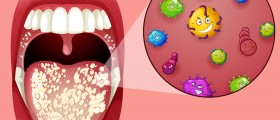


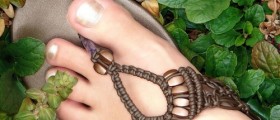

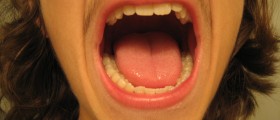
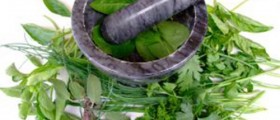
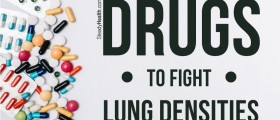



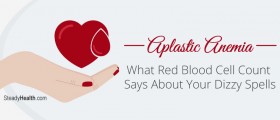
Your thoughts on this
Loading...